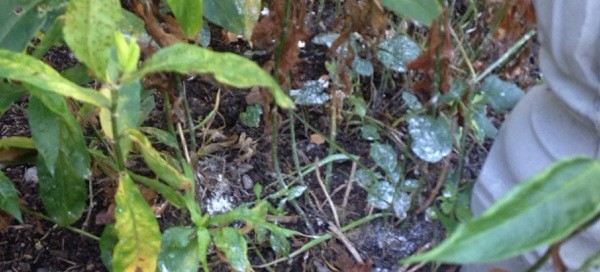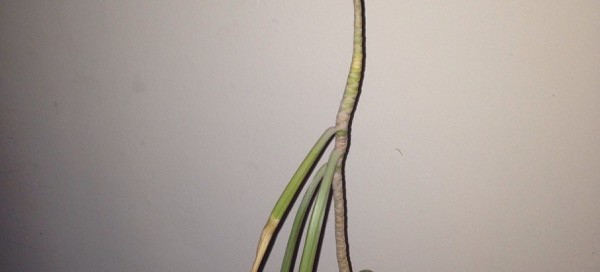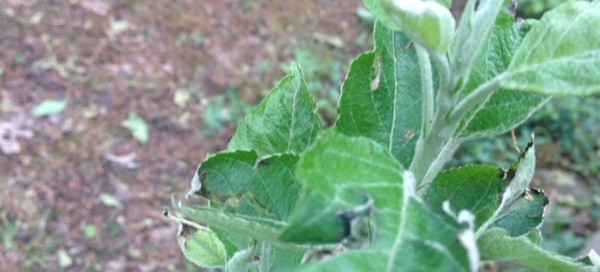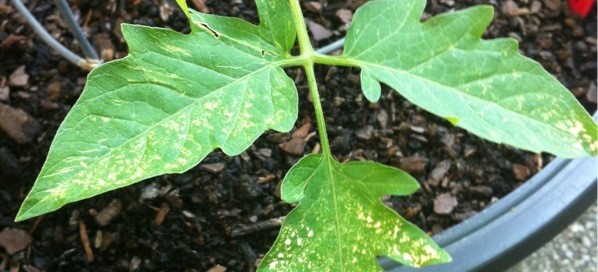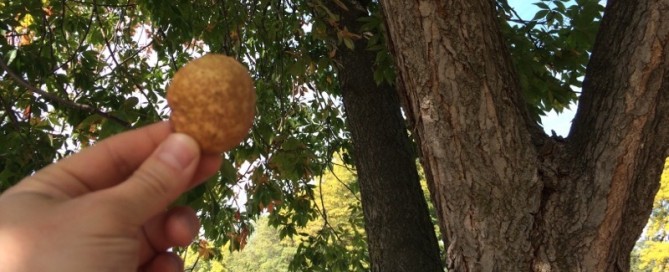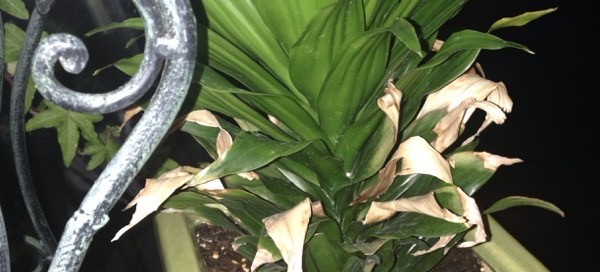Summer Phlox Woes
I don't think that earwigs are the cause in that they take actual bites out of foliage instead of turning the leaves yellow as seen in the photo. It looks like you dusted with diatomaceous earth, which doesn't hurt, but I don't think it will solve this problem. I suspect the damage you're seeing is due to spider mites. Look under the leaves that are yellowing and see if you see what looks like very fine webish dusty litter. It will be very, very fine. If that's what you see, spray the underside of the leaves as well as the tops with horticultural oil or insecticidal soap. Be sure to water these plants deeply once a week if it hasn't rained at least an inch. Plants that are under drought or heat stress are more prone to mite problems.
You could pick off the worst of the leaves and throw them in the garbage as well, which gets rid of some of the mites (less to spray too!) and will help you monitor if the situation is still going on.
